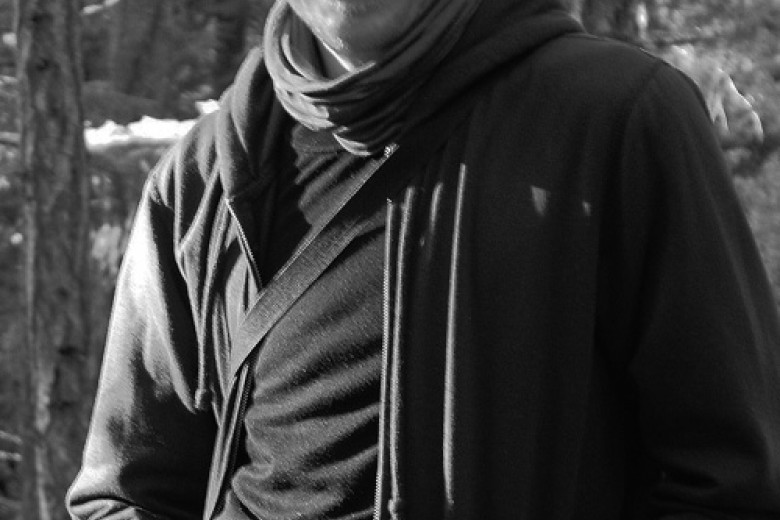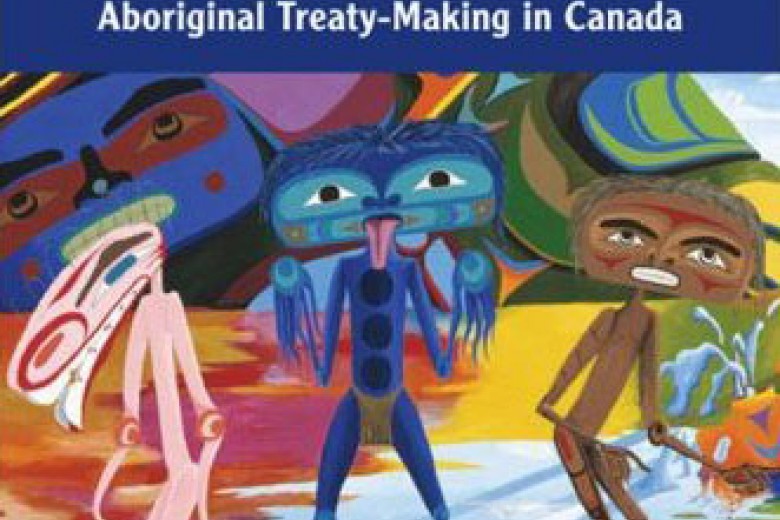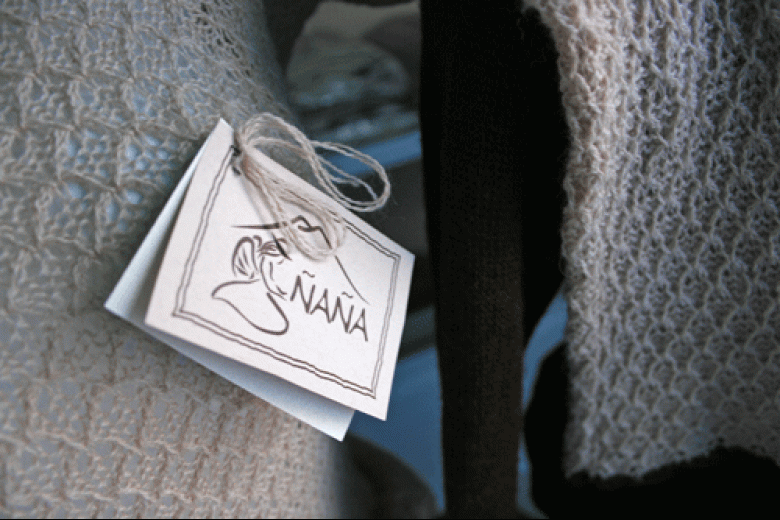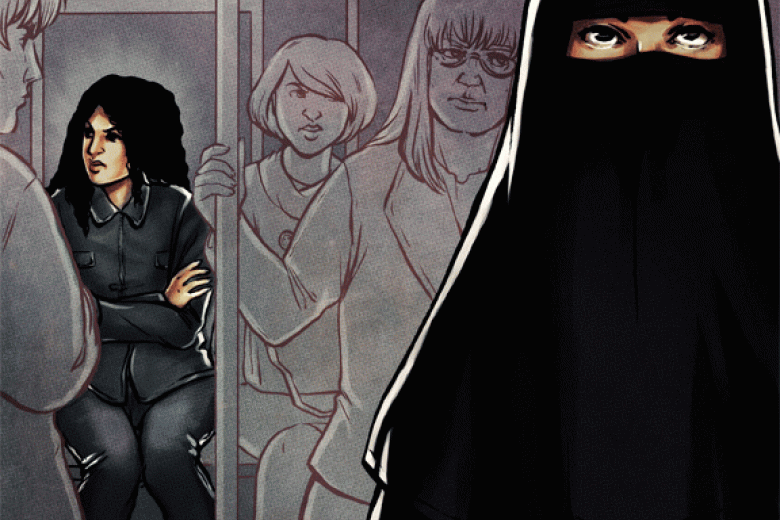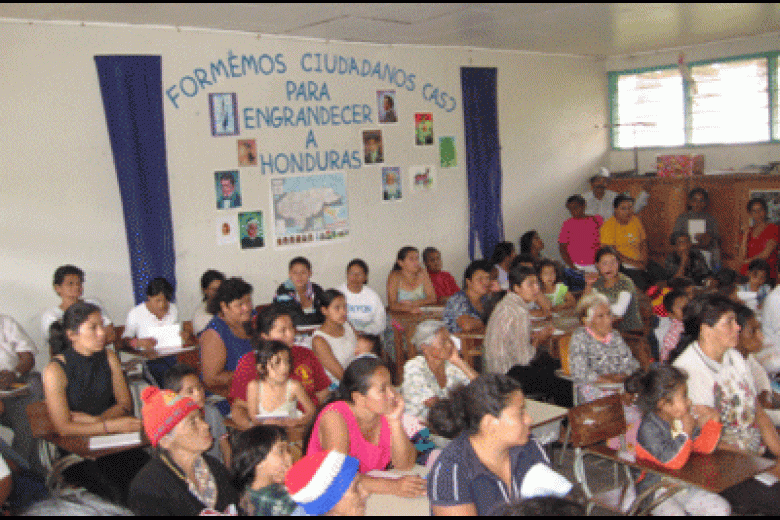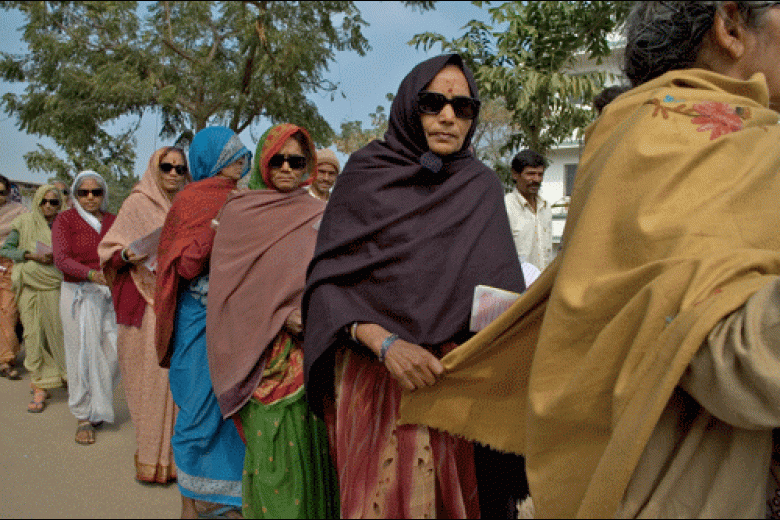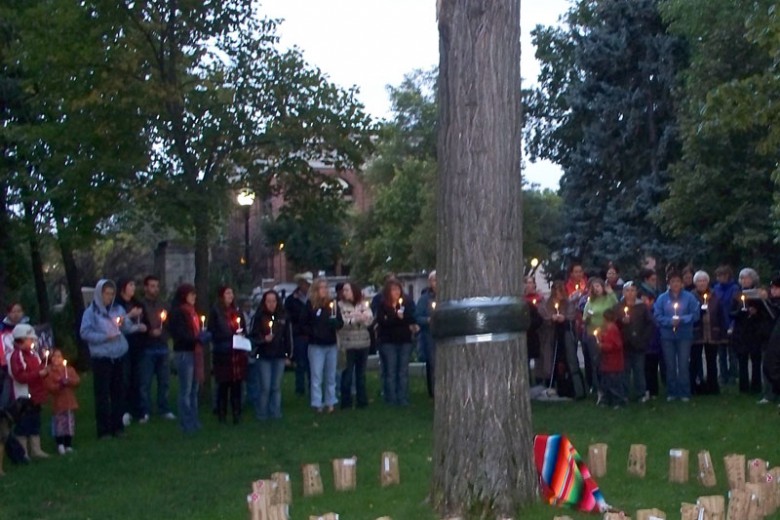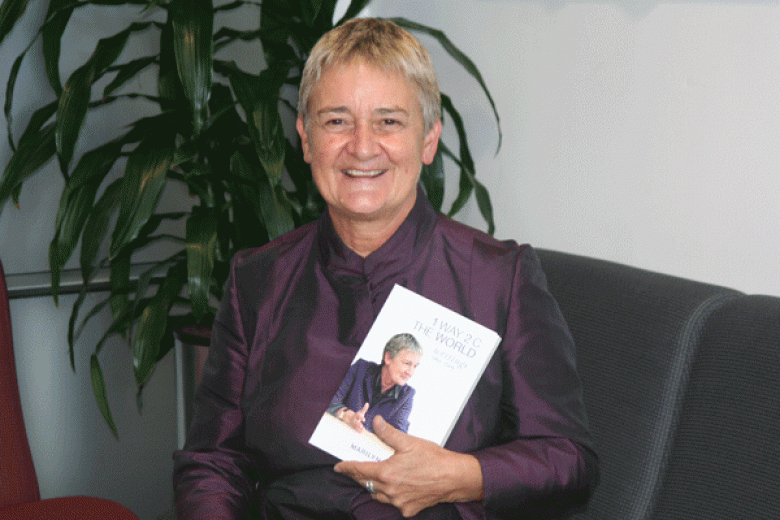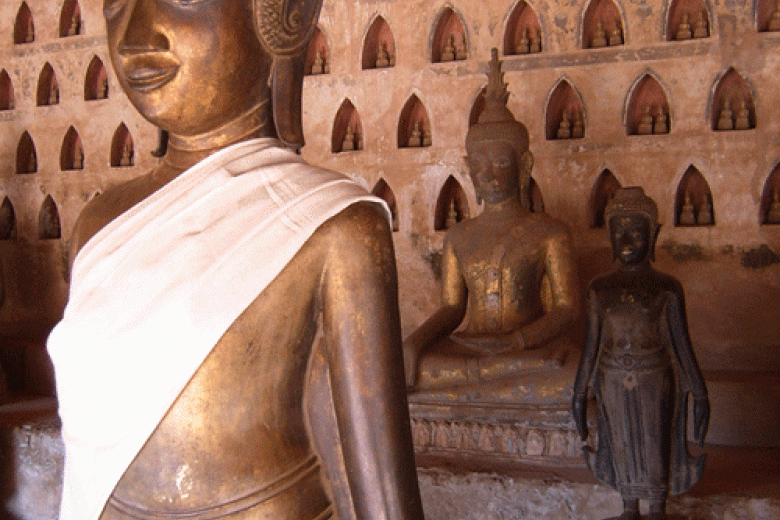
March/April 2010
Globalization and the future of feminism
In an age of intensifying global inequalities and social upheaval, how are women’s movements responding, particularly in the Global South and in marginalized communities? How are anti-imperialist and anti-capitalist feminists adapting their demands, tactics and strategies to changing circumstances? What are the emerging paradigms that will shape struggles for women’s autonomy in the decades to come? These are the sorts of questions we explore in our “global feminism” issue.


